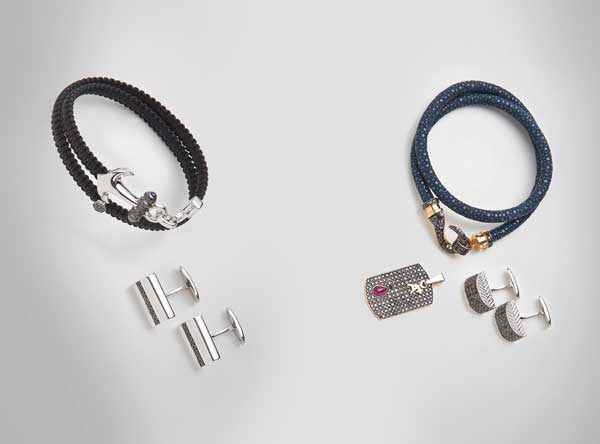INDIAN ROSE CUT DIAMOND
Old style cut diamond
Ever since the Indian Rose Cut has made a comeback, diamond cutters are fashioning them again.
Modern jewelry designers are creating edgy, contemporary jewelry with an interesting, old-world vibe by adding rose cut diamonds to their pieces.
NAME
The rose cut diamond was one of the early or antique diamond shapes. It was named so because it resembled a rose bud just before it had blossomed with the facets resembling the tightly packed rose bud petals.
CHARACTERISTICS
The basic rose cut features a flat base (no pavilion) with a dome-shaped crown, rising to a single apex and composed of triangular facets (usually 12 or 24) in symmetrical arrangement, which rise to form a point.
Rose cut diamond resembles the shape of a rose bud.
VARIATIONS
Rose cut are usually circular in outline; variations include:
The briolette (oval)
Antwerp rose (hexagonal)
Double Dutch rose (resembling two rose cuts united back-to-back) forming a total of 48 facets.
This unique cut resembles a rose, thus implied in its name, and displays unusual brilliancy making the stone appear larger than it is.
RARITY
Vintage rose cuts are such rarities, especially clean ones and in good shape, that designers hoard the few they can find until they have enough stones for pieces featuring them.
Rose cuts are rarely seen nowadays, except in antique jewelry. Like the older style brilliants and step cuts, there is a growing demand for rose cuts for the purpose of repairing or reproducing antique pieces.
CELEBRITIES
Since Justin Theroux proposed to Jennifer Aniston in 2012 offering her a 10-carat rose cut engagement ring, there has been an increased interest in rose cut diamonds.
|
|
HISTORY
The rose cut dates to the 1500s and remained widespread during the Georgian and Victorian eras.
About the middle of the 16th century, the rose or rosette was introduced in Antwerp: it also consisted of triangular facets arranged in a symmetrical radiating pattern, but with the bottom of the stone left flat, essentially a crown without a pavilion.
However, Indian "rose cuts" were far less symmetrical as their cutters had the primary interest of conserving carat weight, due to the divine status of diamond in India.
The first brilliant cuts were introduced in the middle of the 17th century. Known as Mazarins, they had 17 facets on the crown (upper half). They are also called double-cut brilliants as they are seen as a step up from old single cuts. Vincent Peruzzi, a Venetian polisher, later increased the number of crown facets from 17 to 33.
COME BACK
Artists and artisans are discovering and embracing older styles and designs, then adapting them to the present. Now, with droves of designers using vintage diamonds in their retro-look and neo-classical pieces, it is important to save rose cuts from extinction.
GRADING
Most rose cuts found in antique jewelry from the 1700s and 1800s have some inclusions in them. The inclusions add a unique personality to each diamond. In those days, diamonds were evaluated by candlelight, and diamonds with a yellow or grayish color glowed warmly.
Organized diamond grading didn't emerge until the 1940s.
Antique rose cuts normally fall into the SI (slightly included) clarity grade and I or lower in color grade. Modern rose cuts typically fall into the SI and I (included) clarity grades and G or lower in color grade.
FAMOUS ROSE CUT DIAMOND
The "Great Mogul"
One of the most famous rose cut diamonds of all time was undoubtedly the Great Mogul. This was described by Tavernier, the French traveler, who had seen it in 1665 in Hindostan. At that time it was said that it weighed 280 carats, originating and cut from a rough stone of 787.5 carats.
The fate of the Great Mogul is not known to history, and it is believed either to have been lost or cut into smaller stones - although some have ventured that the stone is either the Koh-i-Noor or the Orloff.
|
|
www.gemayeljewellery.com

|